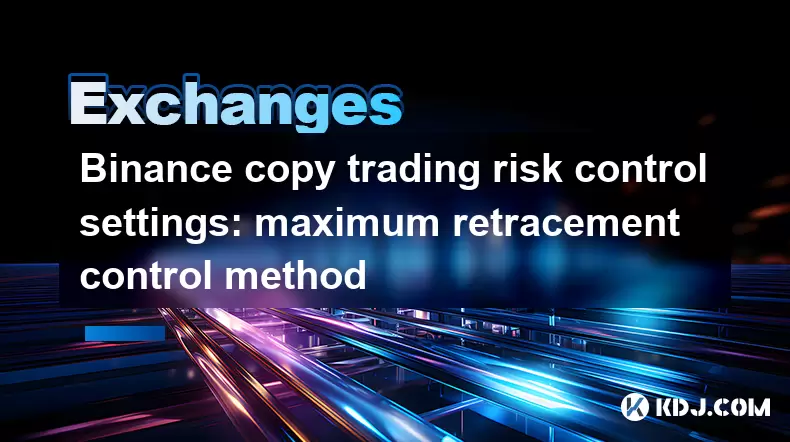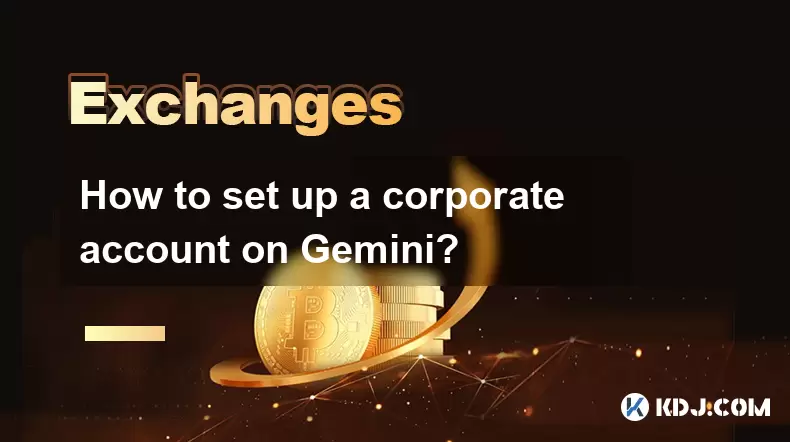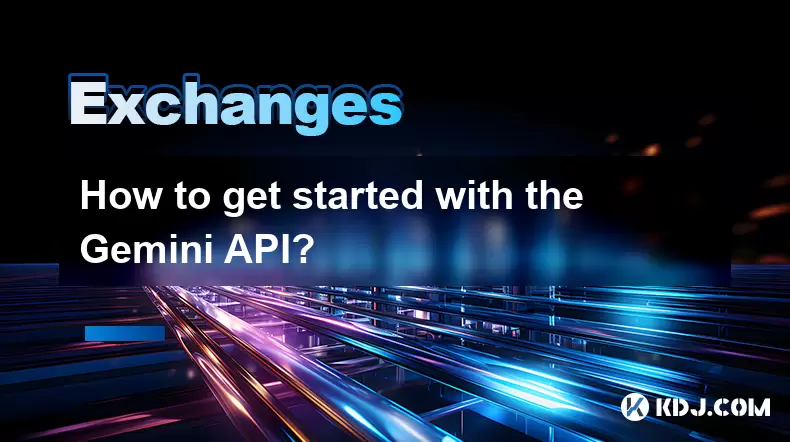-
 Bitcoin
Bitcoin $115000
0.12% -
 Ethereum
Ethereum $3701
4.50% -
 XRP
XRP $3.081
2.99% -
 Tether USDt
Tether USDt $0.0000
-0.01% -
 BNB
BNB $767.9
1.45% -
 Solana
Solana $169.5
3.13% -
 USDC
USDC $0.9999
0.01% -
 Dogecoin
Dogecoin $0.2106
4.30% -
 TRON
TRON $0.3334
1.62% -
 Cardano
Cardano $0.7564
2.54% -
 Stellar
Stellar $0.4165
0.76% -
 Hyperliquid
Hyperliquid $38.75
0.25% -
 Sui
Sui $3.593
3.00% -
 Chainlink
Chainlink $17.08
3.59% -
 Bitcoin Cash
Bitcoin Cash $573.6
4.35% -
 Hedera
Hedera $0.2508
-0.84% -
 Avalanche
Avalanche $23.07
6.46% -
 Ethena USDe
Ethena USDe $1.001
-0.02% -
 Litecoin
Litecoin $120.8
8.17% -
 UNUS SED LEO
UNUS SED LEO $8.943
-0.32% -
 Toncoin
Toncoin $3.400
-5.60% -
 Shiba Inu
Shiba Inu $0.00001255
1.54% -
 Uniswap
Uniswap $9.908
6.32% -
 Polkadot
Polkadot $3.718
2.10% -
 Monero
Monero $303.0
-0.74% -
 Dai
Dai $0.9999
-0.02% -
 Bitget Token
Bitget Token $4.392
0.91% -
 Cronos
Cronos $0.1403
6.31% -
 Pepe
Pepe $0.00001076
1.13% -
 Aave
Aave $267.2
1.80%
Binance copy trading risk control settings: maximum retracement control method
Set a maximum retracement percentage in Binance Copy Trading to automatically close losing positions and limit equity drawdowns.
Jun 11, 2025 at 01:56 am

Understanding Maximum Retracement in Binance Copy Trading
Maximum retracement is a critical risk control parameter within Binance copy trading, allowing followers to set limits on how much loss they are willing to accept from copying a trader's position. This feature acts as a safety net, ensuring that your investment doesn't suffer excessive drawdowns due to volatile market conditions or unexpected price swings.
When you enable maximum retracement, you're essentially instructing the system to close all copied trades if the floating loss reaches a specified percentage of your equity. This helps protect your capital and maintain a disciplined approach to risk management.
How to Access Risk Control Settings on Binance Copy Trading
To configure maximum retracement settings, you must first access the Binance copy trading interface. Here's how:
- Log in to your Binance account
- Navigate to the [Trade] section and select [Copy Trading]
- Click on the [Settings] icon next to the trader you're following
- Locate the Risk Control tab
Once inside the risk control panel, you will find several adjustable parameters, including maximum retracement, stop loss, and take profit options. These tools collectively allow you to customize your exposure based on your personal risk tolerance.
Setting Up Maximum Retracement: Step-by-Step Configuration
Configuring maximum retracement requires careful consideration of your overall portfolio strategy and market conditions. Here’s how to do it properly:
- Go to the Risk Control section under the selected trader's settings
- Toggle on the Maximum Retracement option
- Enter the desired percentage threshold (e.g., 10%, 20%)
- Confirm the changes by clicking [Save]
It’s important to note that this setting applies only to open positions. Once activated, if the combined unrealized loss across all copied trades exceeds the set percentage of your equity, the system will automatically close all positions to prevent further losses.
Choosing the Right Maximum Retracement Percentage
Selecting an appropriate maximum retracement value depends on various factors such as your risk appetite, the volatility of the assets being traded, and the performance history of the trader you're copying. A conservative investor might opt for a lower threshold, like 5–10%, while more aggressive traders may go up to 20–30%.
However, setting the value too low could result in frequent forced exits during normal market fluctuations. Conversely, setting it too high may expose your capital to significant downside risks. It's crucial to strike a balance between protecting your funds and allowing room for market movements.
Difference Between Maximum Retracement and Stop Loss
While both maximum retracement and stop loss serve as risk mitigation tools, they operate differently:
- Maximum retracement considers the total equity loss from all open positions. If the cumulative loss hits the defined percentage, all positions are closed.
- Stop loss, on the other hand, is applied per trade and triggers closure when a specific price level is reached.
Using these two mechanisms together provides a layered defense against potential losses. However, it's essential to understand their distinct roles to avoid redundancy or conflicting strategies.
Monitoring and Adjusting Your Maximum Retracement Settings
After setting up maximum retracement, it’s vital to monitor its impact regularly. Market dynamics change constantly, and what was once a safe threshold may no longer be suitable. Here’s how to keep track:
- Review your copy trading dashboard daily or weekly
- Analyze the equity curve and drawdown levels
- Adjust the retracement percentage based on new insights or market trends
You can modify the setting at any time without affecting existing trades. The change will apply to future trades only. This flexibility allows you to adapt quickly to evolving conditions without disrupting ongoing investments.
Frequently Asked Questions
Q: Can I disable maximum retracement after enabling it?
Yes, you can toggle off the maximum retracement option at any time from the Risk Control settings. Disabling it means there will be no automatic closure triggered by total equity loss.
Q: Does maximum retracement affect closed trades?
No, maximum retracement only impacts open positions. It does not consider historical trades that have already been closed.
Q: What happens if I have multiple traders with different maximum retracement settings?
Each trader’s risk control settings are independent. If one trader's positions trigger the maximum retracement, it won’t affect the positions copied from another trader.
Q: Is maximum retracement available for all types of assets on Binance copy trading?
Currently, maximum retracement is supported for spot and futures trading on Binance. Ensure that the asset type you’re copying supports this feature before configuring it.
Disclaimer:info@kdj.com
The information provided is not trading advice. kdj.com does not assume any responsibility for any investments made based on the information provided in this article. Cryptocurrencies are highly volatile and it is highly recommended that you invest with caution after thorough research!
If you believe that the content used on this website infringes your copyright, please contact us immediately (info@kdj.com) and we will delete it promptly.
- Bitcoin, Fed Rate Cut, and Crypto Stocks: A New Yorker's Take
- 2025-08-05 14:50:12
- Police, Cryptocurrency, Bitcoin Windfall: Unexpected Gains and Cautionary Tales
- 2025-08-05 15:30:12
- MAGACOIN: The Next Shiba Inu ROI? A Crypto Presale Deep Dive
- 2025-08-05 15:30:12
- Bitcoin, Kiyosaki, and the August Curse: Will History Repeat?
- 2025-08-05 14:50:12
- Crypto Airdrops: Your August 2025 Guide to Free Tokens & Opportunities
- 2025-08-05 13:45:13
- Luxury Dining Reimagined: St. Regis Singapore & Marriott's Culinary Celebration
- 2025-08-05 13:45:13
Related knowledge

How to set and manage alerts on the Gemini app?
Aug 03,2025 at 11:00am
Understanding the Gemini App Alert SystemThe Gemini app offers users a powerful way to stay informed about their cryptocurrency holdings, price moveme...

How to use the Gemini mobile app to trade on the go?
Aug 04,2025 at 09:14am
Setting Up the Gemini Mobile AppTo begin trading on the go using the Gemini mobile app, the first step is installing the application on your smartphon...

How to set up a corporate account on Gemini?
Aug 05,2025 at 03:29pm
Understanding Gemini Corporate AccountsGemini is a regulated cryptocurrency exchange platform that supports both individual and corporate account crea...

What to do if you forgot your Gemini password?
Aug 04,2025 at 03:42am
Understanding the Role of Passwords in Gemini AccountsWhen using Gemini, a regulated cryptocurrency exchange platform, your password serves as one of ...

What are the websocket feeds available from the Gemini API?
Aug 03,2025 at 07:43pm
Overview of Gemini WebSocket FeedsThe Gemini API provides real-time market data through its WebSocket feeds, enabling developers and traders to receiv...

How to get started with the Gemini API?
Aug 05,2025 at 12:35pm
Understanding the Gemini API and Its PurposeThe Gemini API is a powerful interface provided by the cryptocurrency exchange Gemini, enabling developers...

How to set and manage alerts on the Gemini app?
Aug 03,2025 at 11:00am
Understanding the Gemini App Alert SystemThe Gemini app offers users a powerful way to stay informed about their cryptocurrency holdings, price moveme...

How to use the Gemini mobile app to trade on the go?
Aug 04,2025 at 09:14am
Setting Up the Gemini Mobile AppTo begin trading on the go using the Gemini mobile app, the first step is installing the application on your smartphon...

How to set up a corporate account on Gemini?
Aug 05,2025 at 03:29pm
Understanding Gemini Corporate AccountsGemini is a regulated cryptocurrency exchange platform that supports both individual and corporate account crea...

What to do if you forgot your Gemini password?
Aug 04,2025 at 03:42am
Understanding the Role of Passwords in Gemini AccountsWhen using Gemini, a regulated cryptocurrency exchange platform, your password serves as one of ...

What are the websocket feeds available from the Gemini API?
Aug 03,2025 at 07:43pm
Overview of Gemini WebSocket FeedsThe Gemini API provides real-time market data through its WebSocket feeds, enabling developers and traders to receiv...

How to get started with the Gemini API?
Aug 05,2025 at 12:35pm
Understanding the Gemini API and Its PurposeThe Gemini API is a powerful interface provided by the cryptocurrency exchange Gemini, enabling developers...
See all articles

























































































